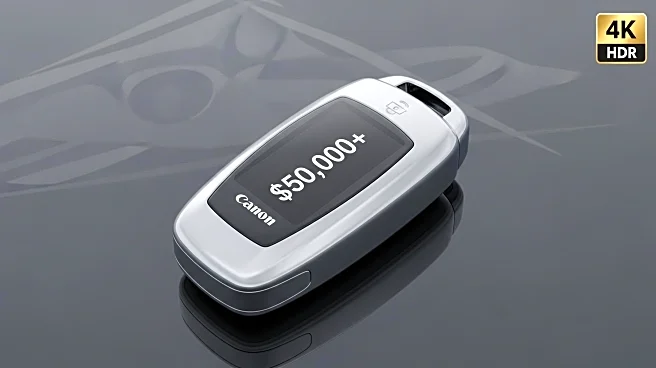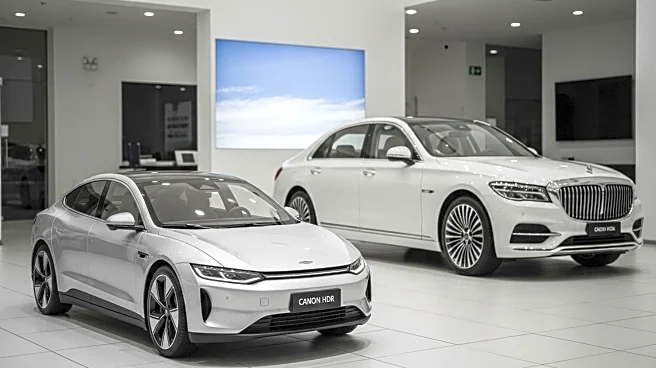What's Happening?
According to data from Kelley Blue Book, the average transaction price (ATP) of a new car in the United States has exceeded $50,000 for the first time as of September 2025. This milestone marks a significant shift in the automotive market, where the $20,000 vehicle is becoming increasingly rare. Erin Keating, Executive Analyst at Cox Automotive, noted that many price-conscious buyers are now turning to the used-vehicle market due to the rising costs of new cars. The increase in ATP reflects broader trends in the industry, including a shift towards electric vehicles and premium models.
Why It's Important?
The rise in average car prices has substantial implications for the U.S. automotive industry and consumers. As new vehicles become more expensive, the market may see a growing divide between luxury and budget segments, potentially sidelining price-sensitive buyers. This trend could lead to increased demand for used cars, impacting dealerships and the secondary market. Additionally, the shift towards higher-priced electric and premium models may accelerate the transition to sustainable transportation, influencing manufacturers' strategies and consumer preferences.
What's Next?
The automotive industry may continue to see changes in consumer behavior as buyers adjust to higher prices. Manufacturers might focus on developing more affordable electric vehicles to capture the budget-conscious segment. Dealerships could also adapt by expanding their used car inventories to meet demand. Policymakers might consider incentives to make electric vehicles more accessible, further shaping the market landscape.













